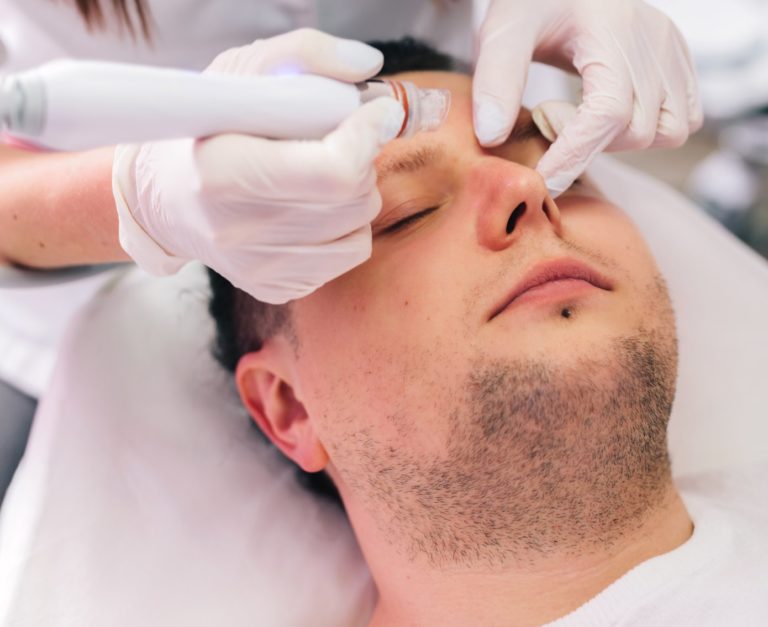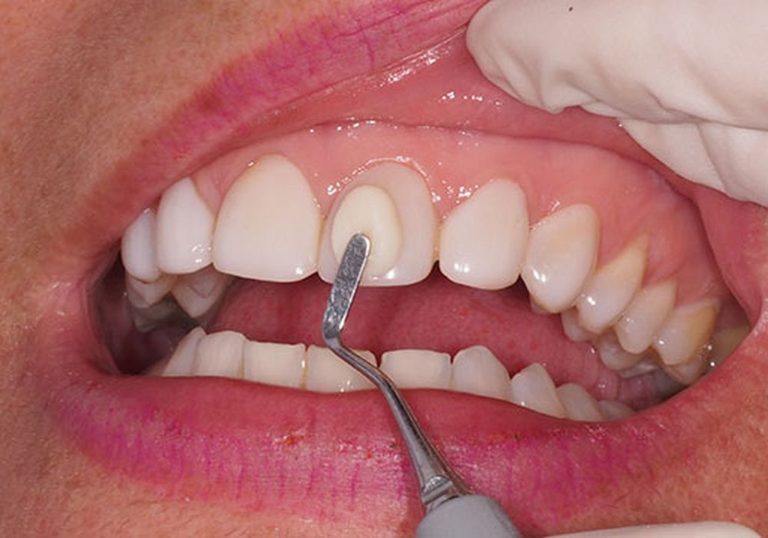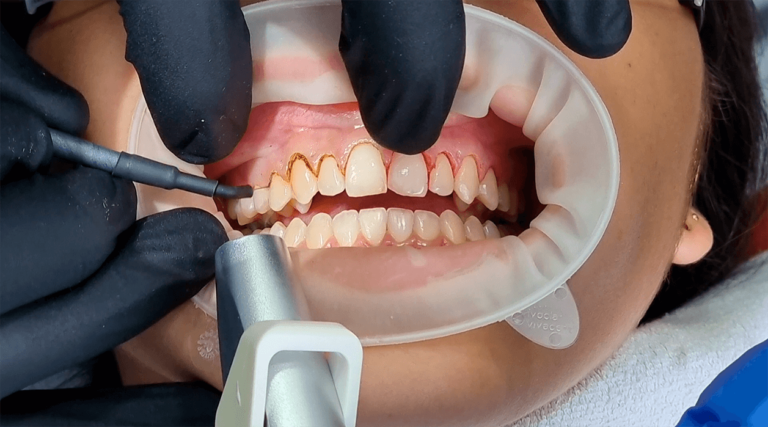Laser Technology
What is Laser Technology in Aesthetic Medicine?
Laser technology in aesthetic medicine is an advanced tool that uses highly concentrated beams of light to treat various skin conditions and enhance overall appearance.
By emitting controlled light energy, lasers can precisely target different layers of the skin, allowing for the reduction of wrinkles, spots, and scars.
This technology provides minimally invasive treatments with high precision and long-lasting results, stimulating collagen production and improving skin texture and tone — all with minimal recovery time and excellent safety for patients.
What Type of Laser Do We Use at Cliniq?
At Cliniq, we use a cutting-edge laser platform that integrates different technologies to provide a wide range of aesthetic and dermatological treatments.
Benefits
IPL Function (Intense Pulsed Light):
- Reduction of spots and pigmentation: Effectively treats sunspots, age spots, and other hyperpigmentations.
- Photorejuvenation: Improves skin texture and tone while reducing fine lines and wrinkles.
Q-Switched Function:
- Pigmentation treatment: Effective for removing deeper pigmentation issues such as melasma.
- Collagen stimulation: The laser’s high-energy pulses stimulate collagen production, enhancing skin firmness and elasticity.
- Safety: Thanks to its ultra-short pulses, it minimizes the risk of side effects, ensuring precise and safe treatments.
The combination of these functions makes our laser technology a versatile and effective tool that provides safe, visible, and long-lasting results for a wide variety of skin concerns.
How is the Laser Procedure Performed?
At Cliniq, IPL and Q-Switched laser procedures are performed with a personalized and precise approach.
First, the treated area is cleansed and assessed based on the patient’s individual needs.
For IPL treatments, a cooling gel is applied to the skin, and gentle pulses of light are delivered to target pigmentation, wrinkles, or scars.
During the procedure, patients may feel a mild warming or tingling sensation, which is minimized using cooling devices.
Each session lasts between 30 and 60 minutes, depending on the treated area, and specific post-treatment care instructions are provided to ensure a quick and optimal recovery.

Results you can
reach and enjoy
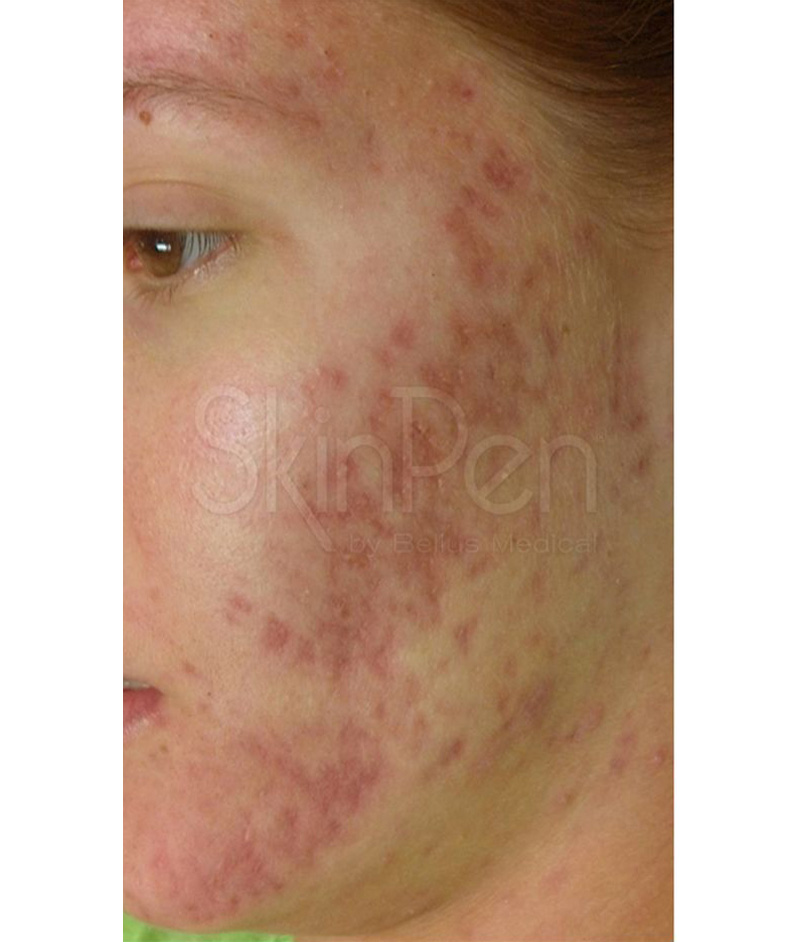
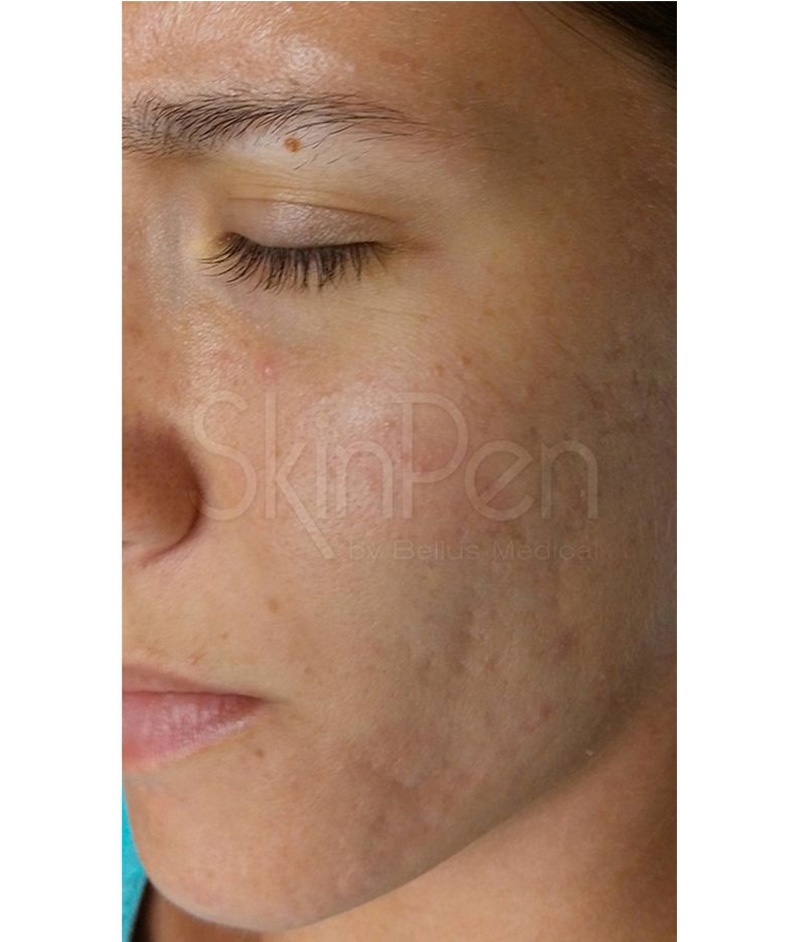
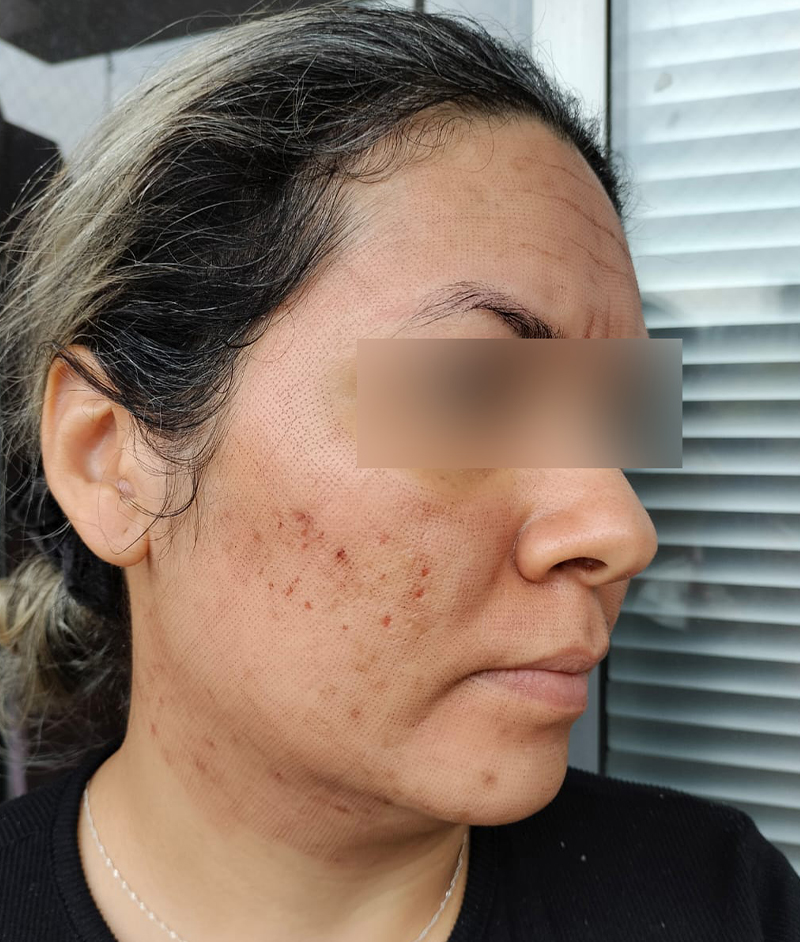
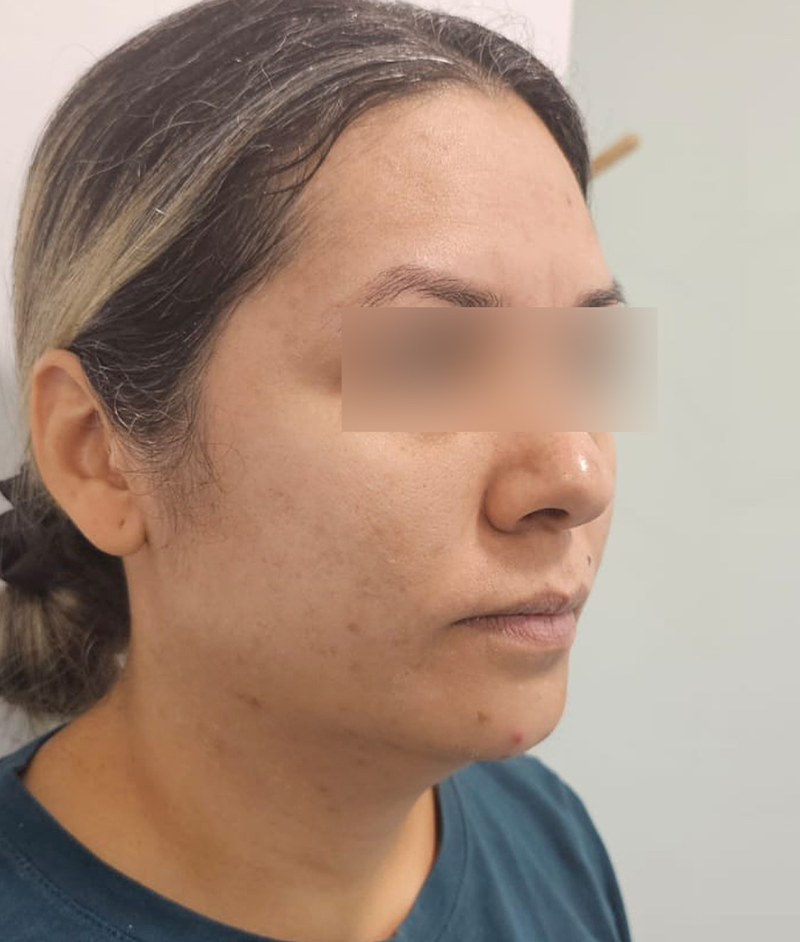
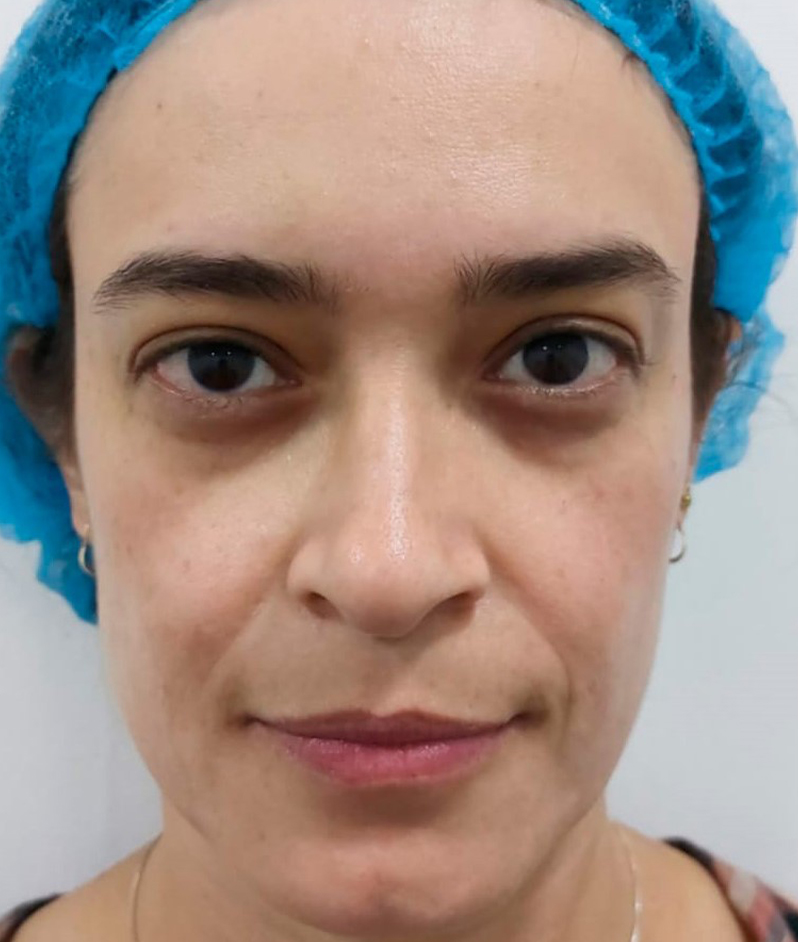
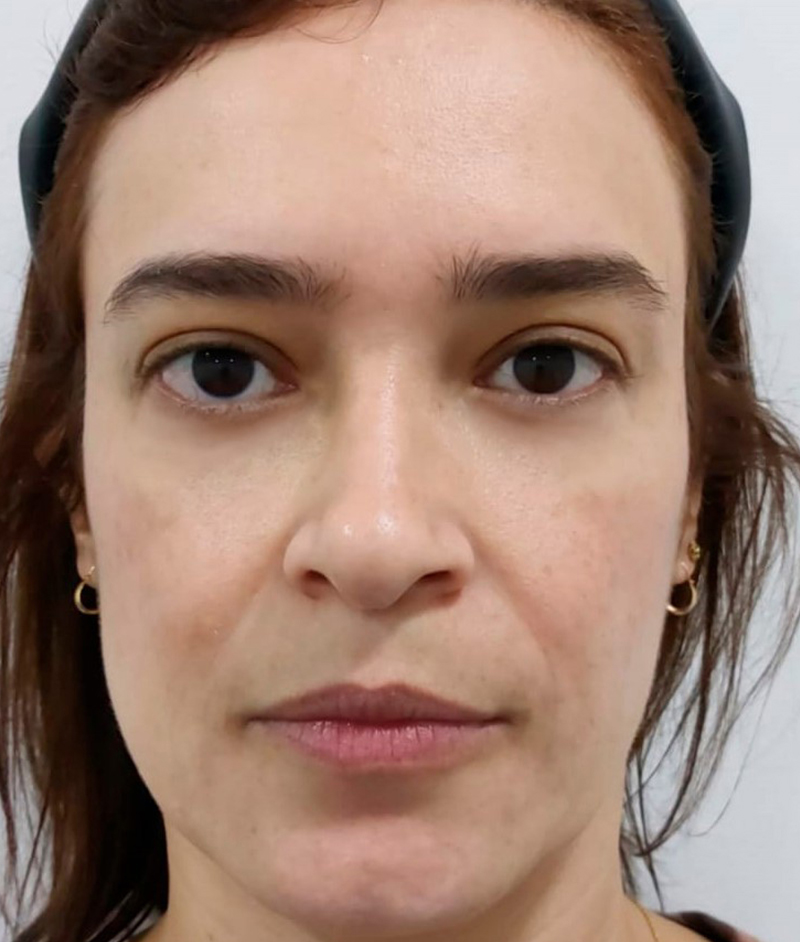
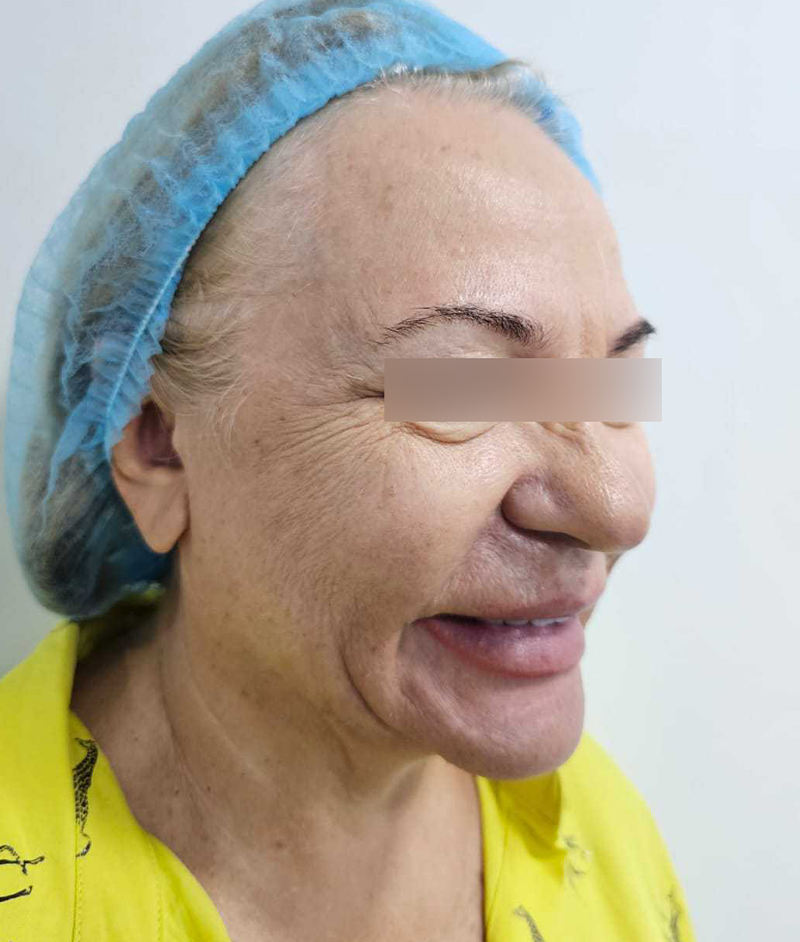
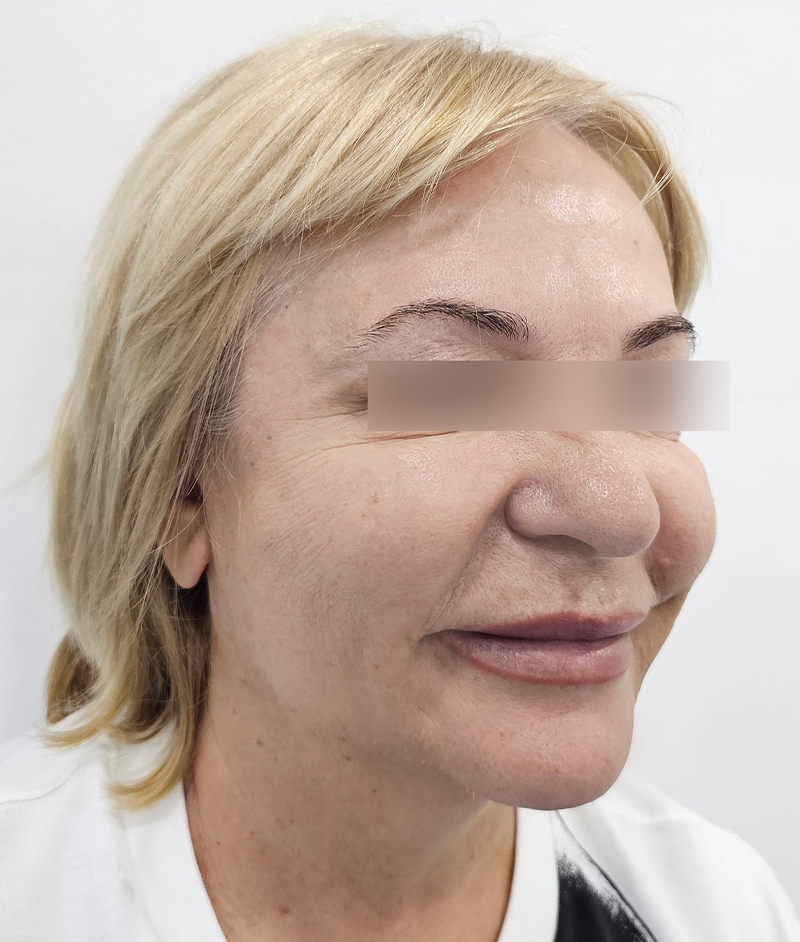
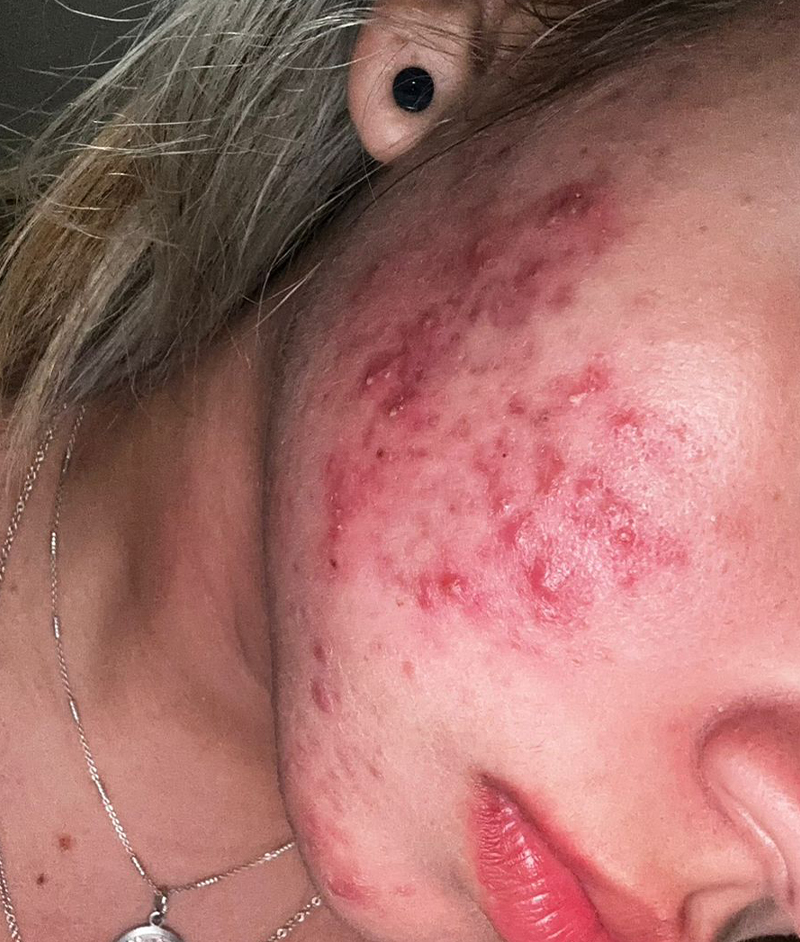
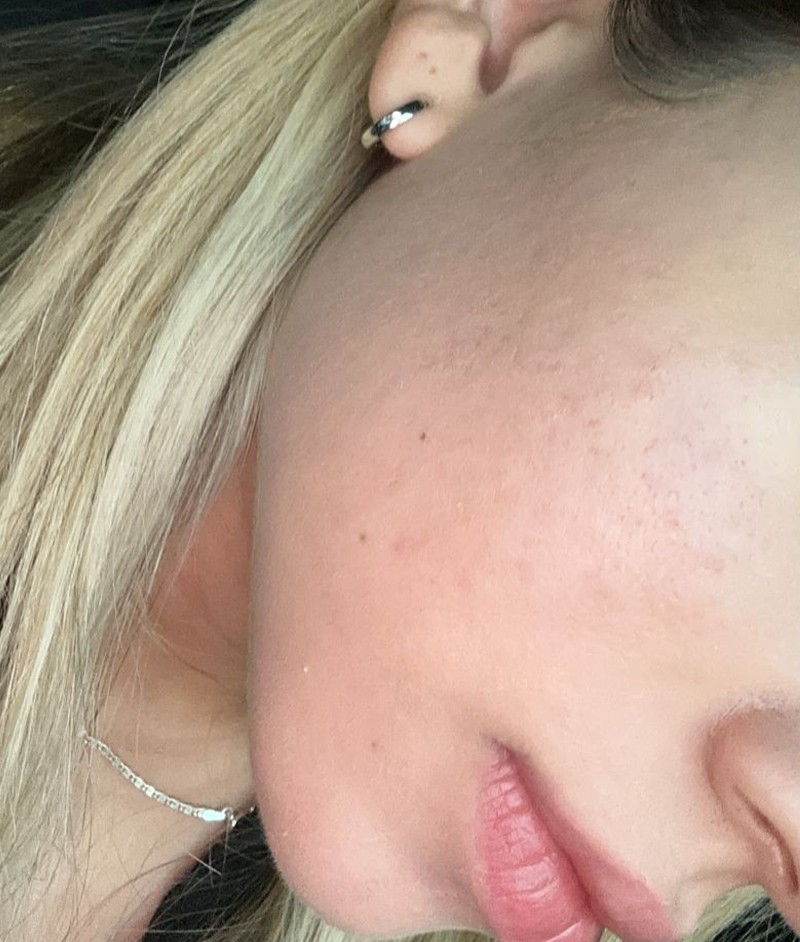
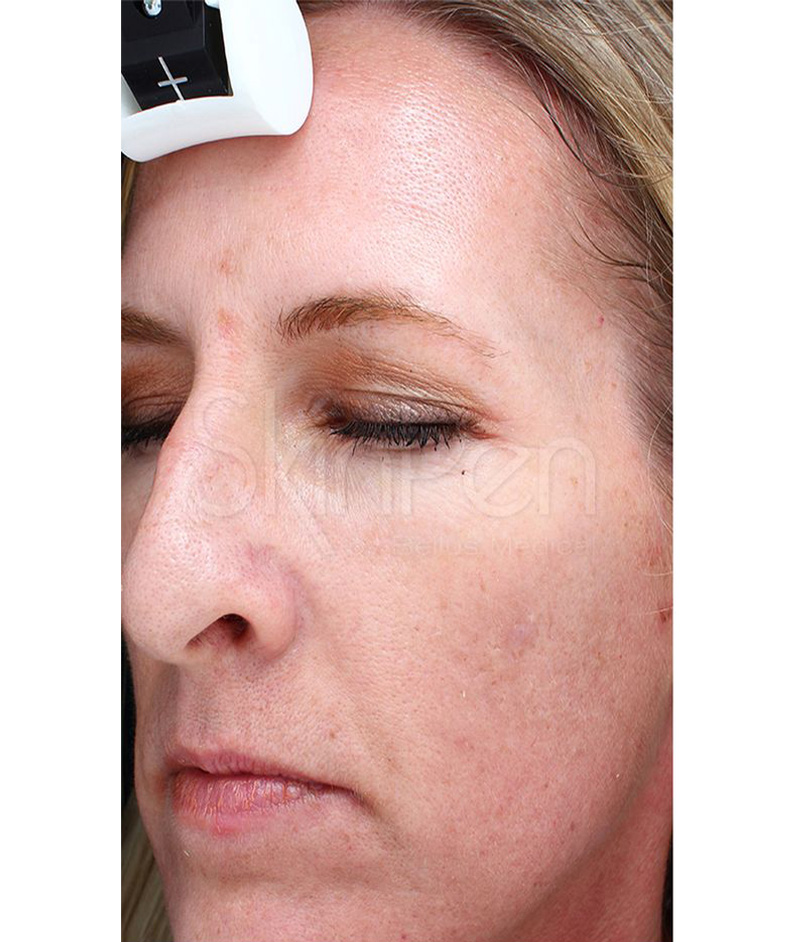
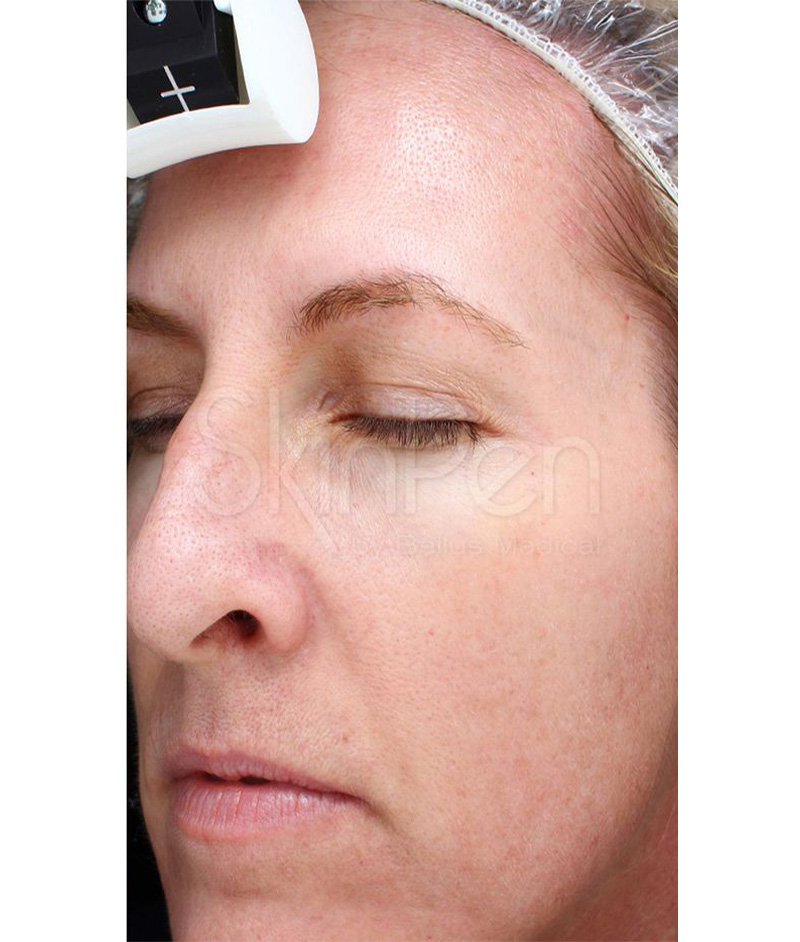
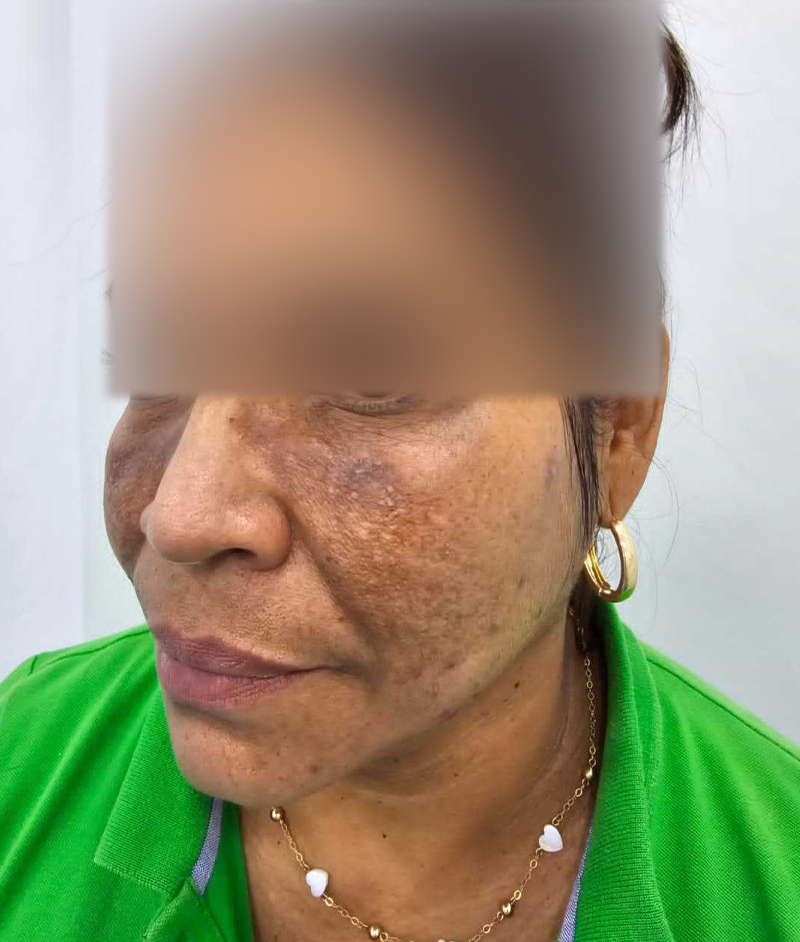
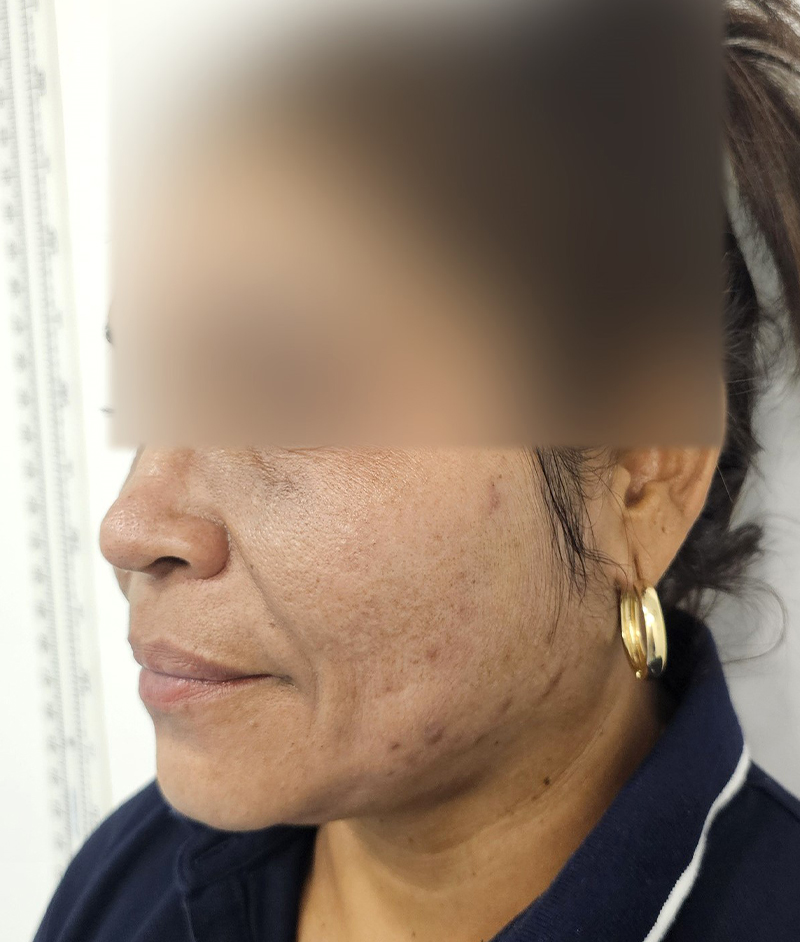
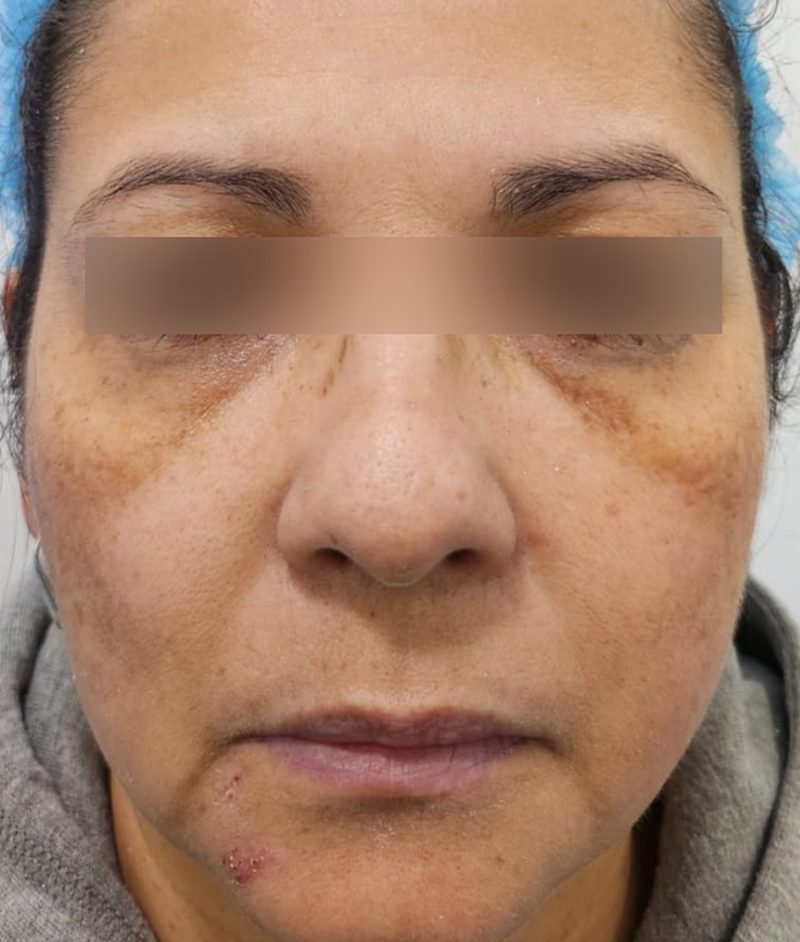
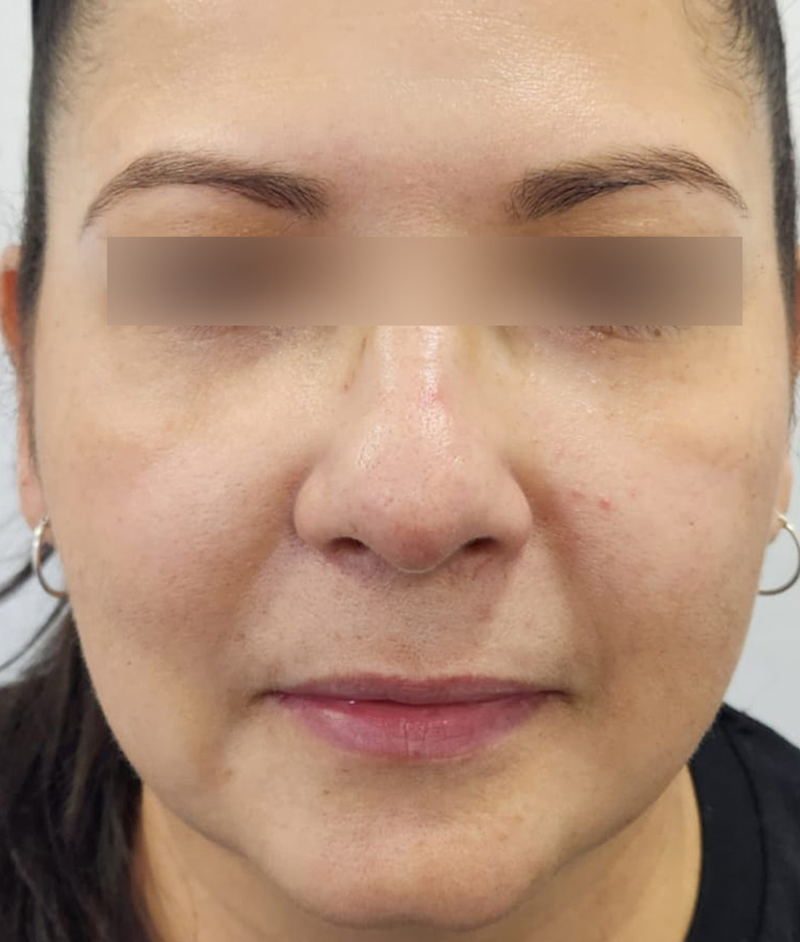
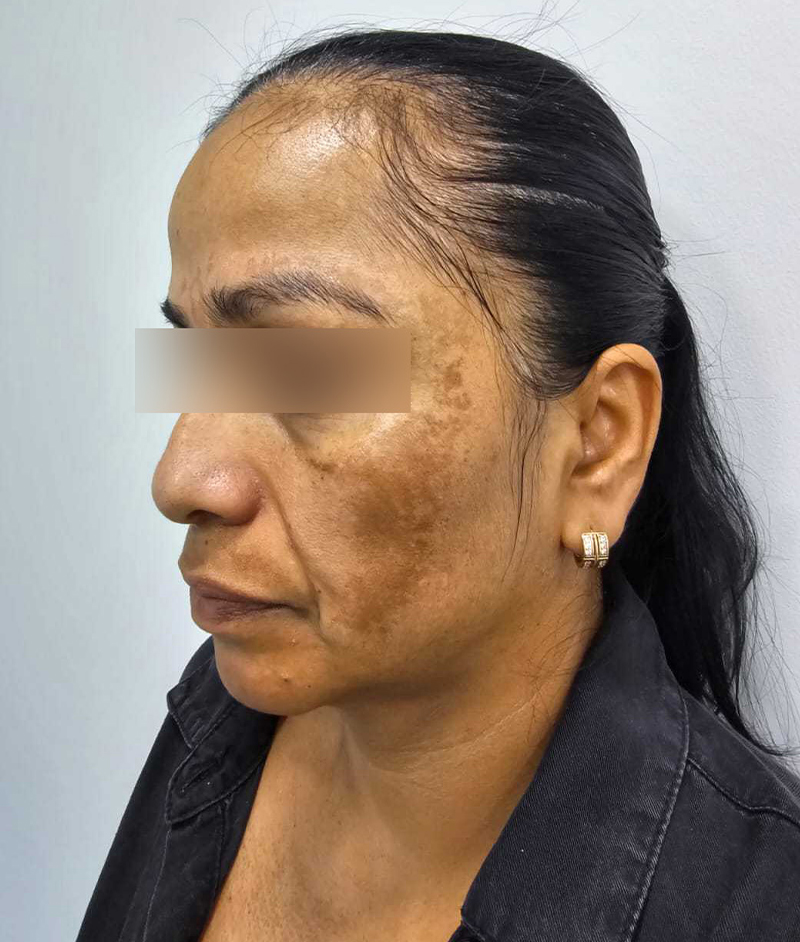
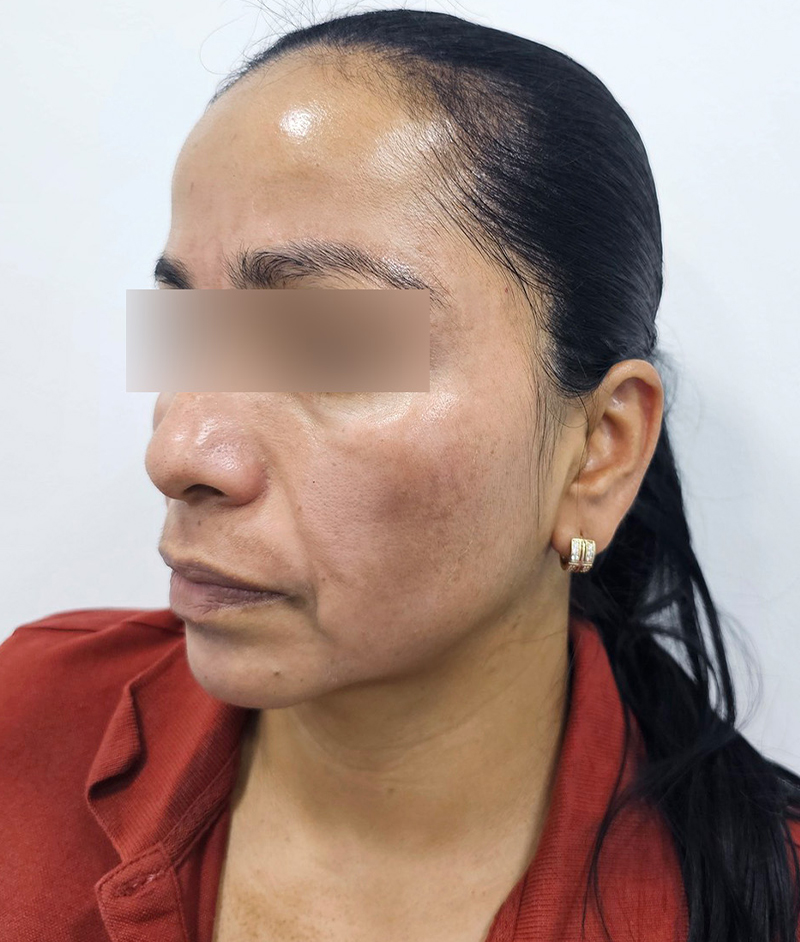
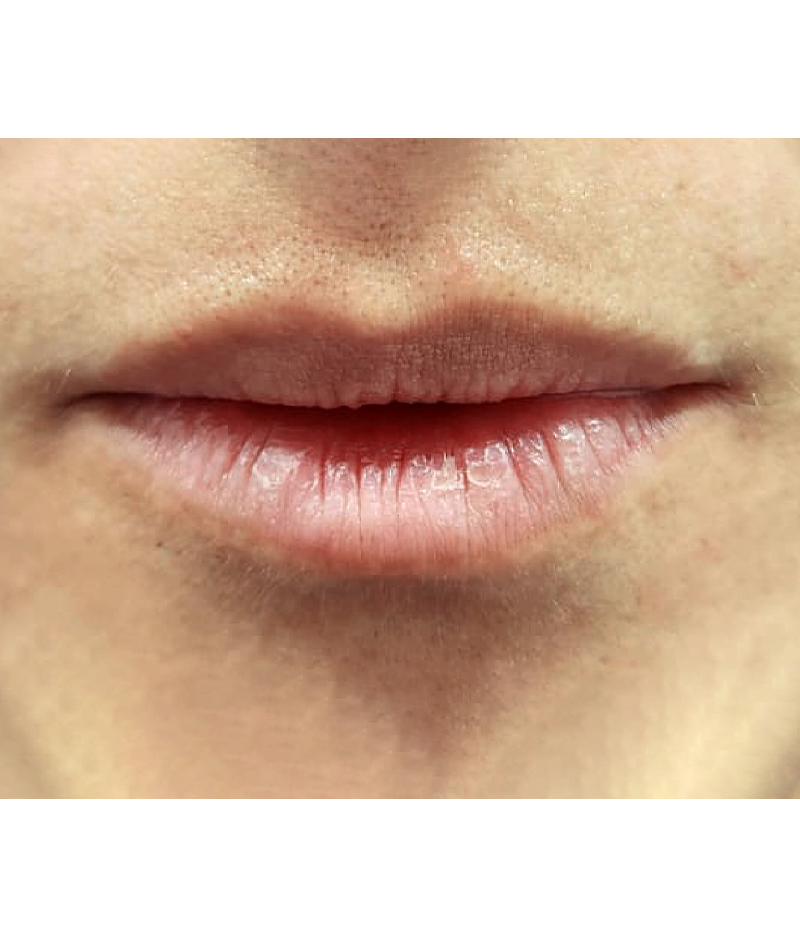
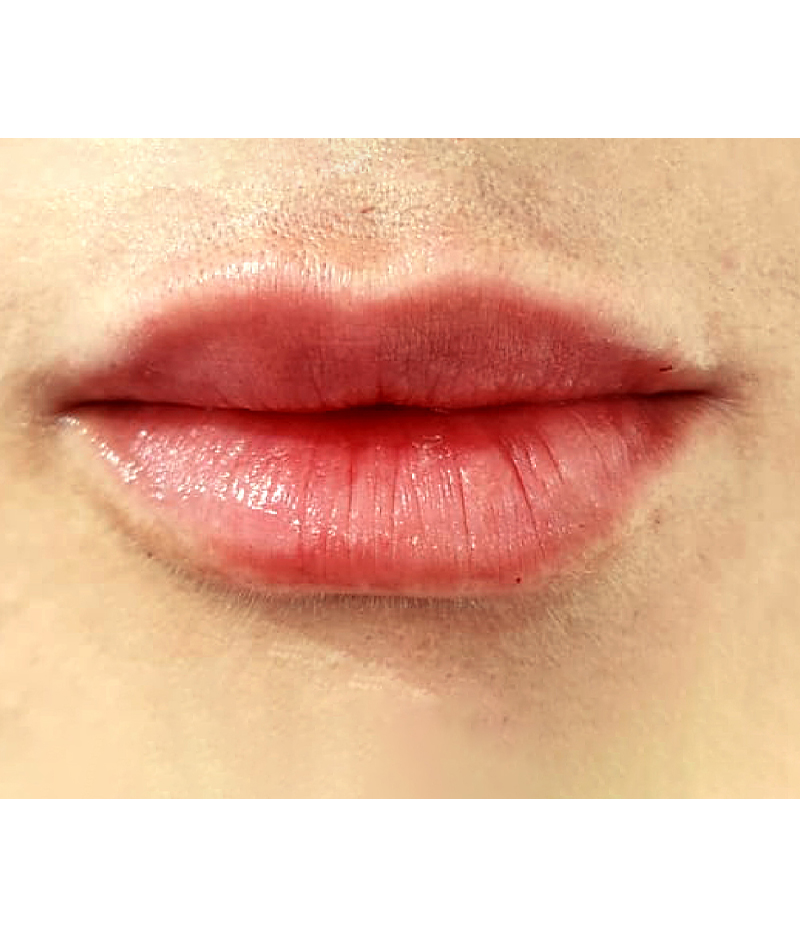
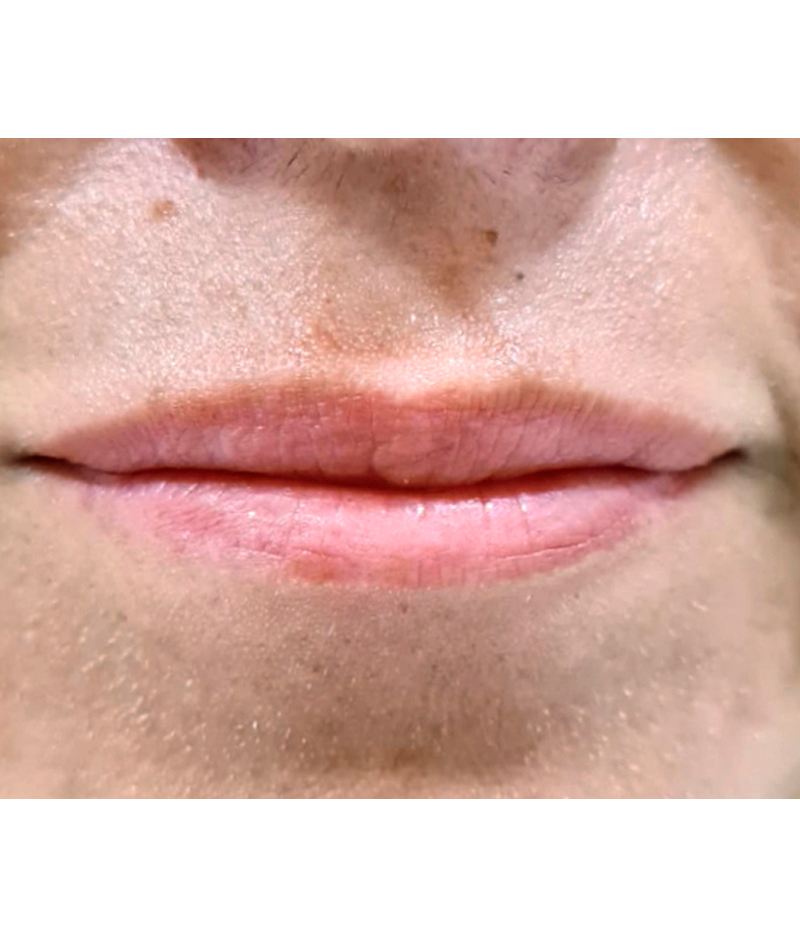
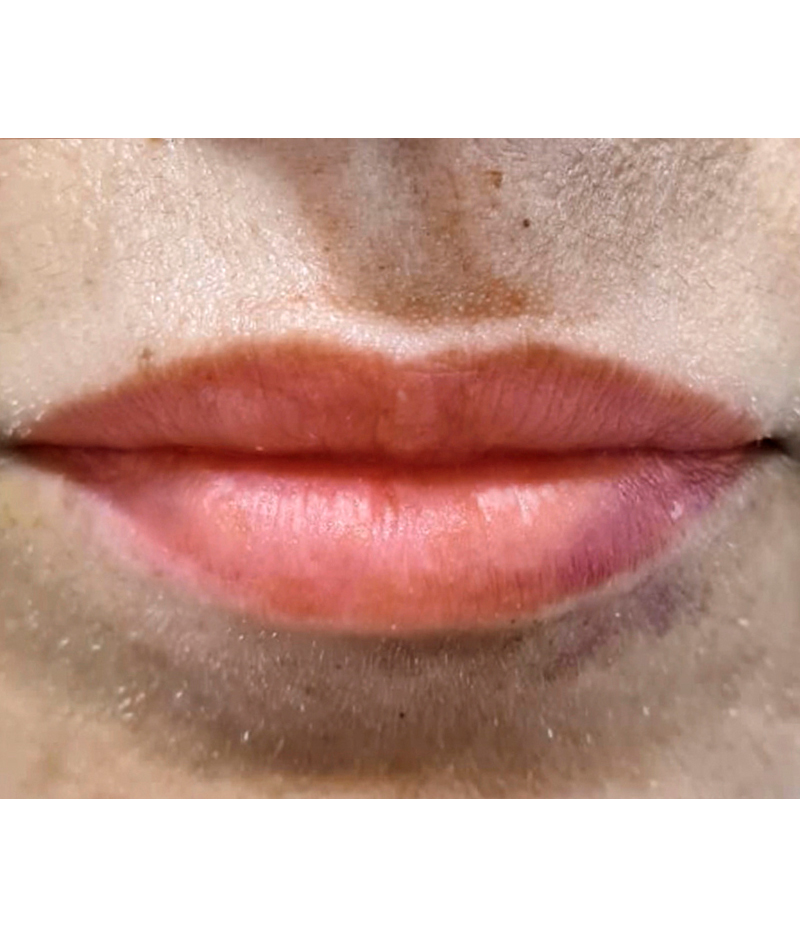
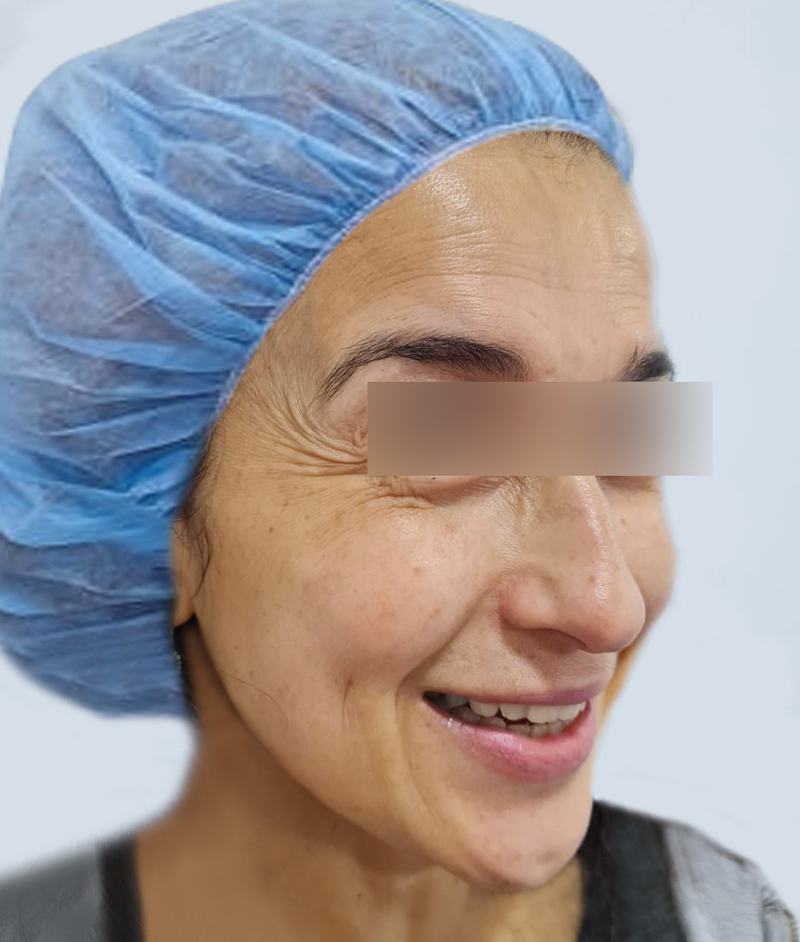
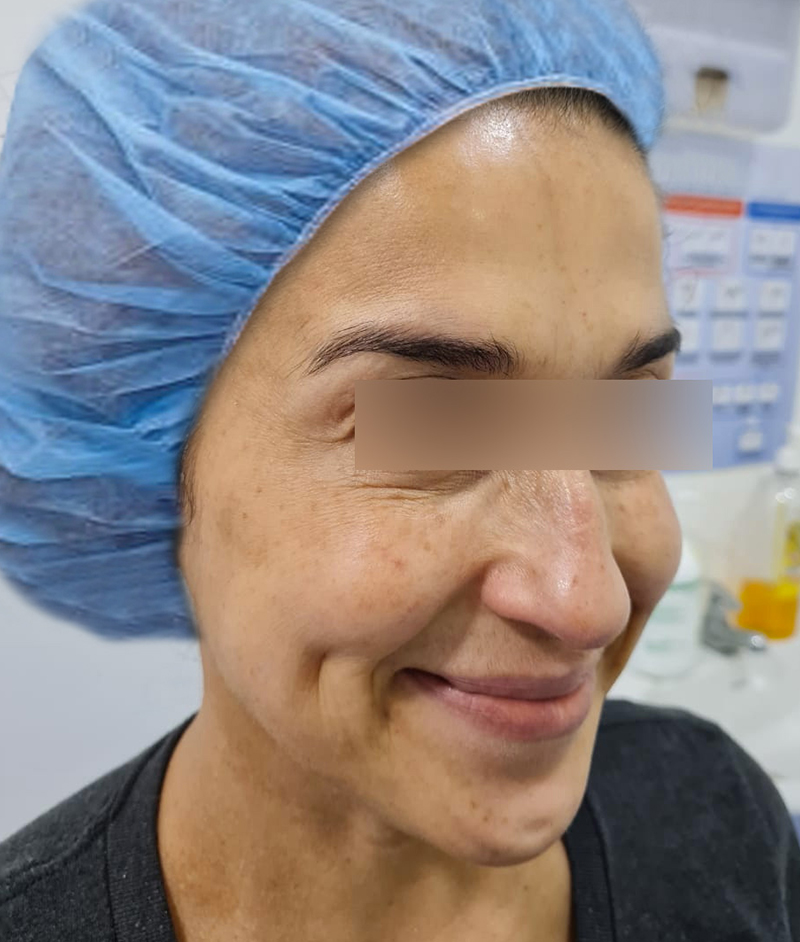
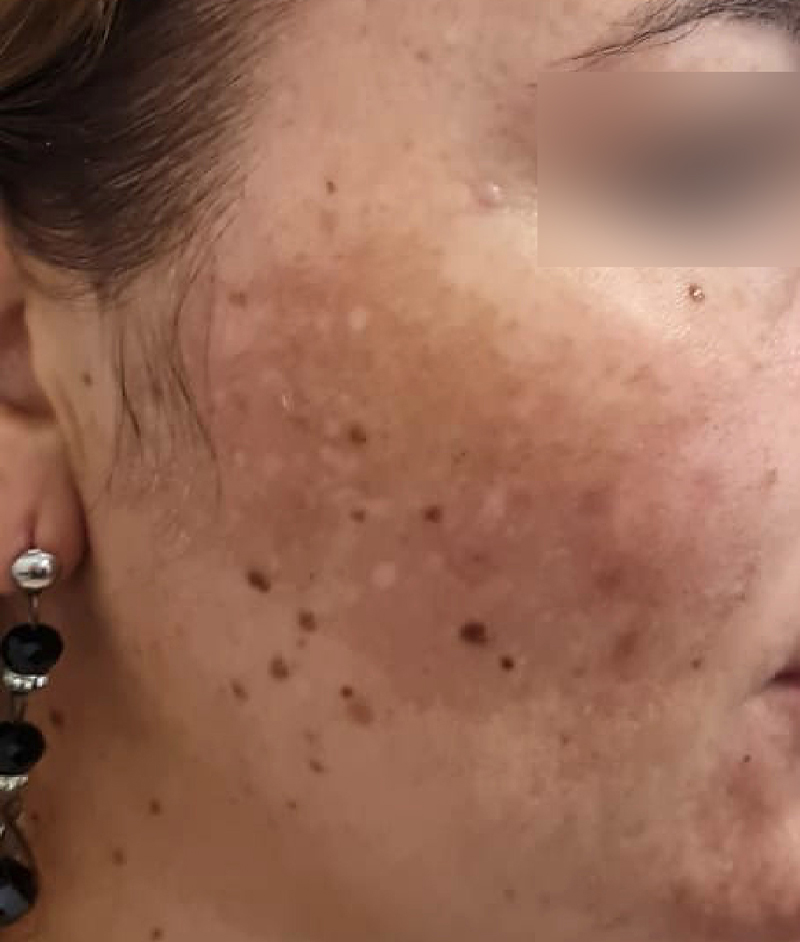
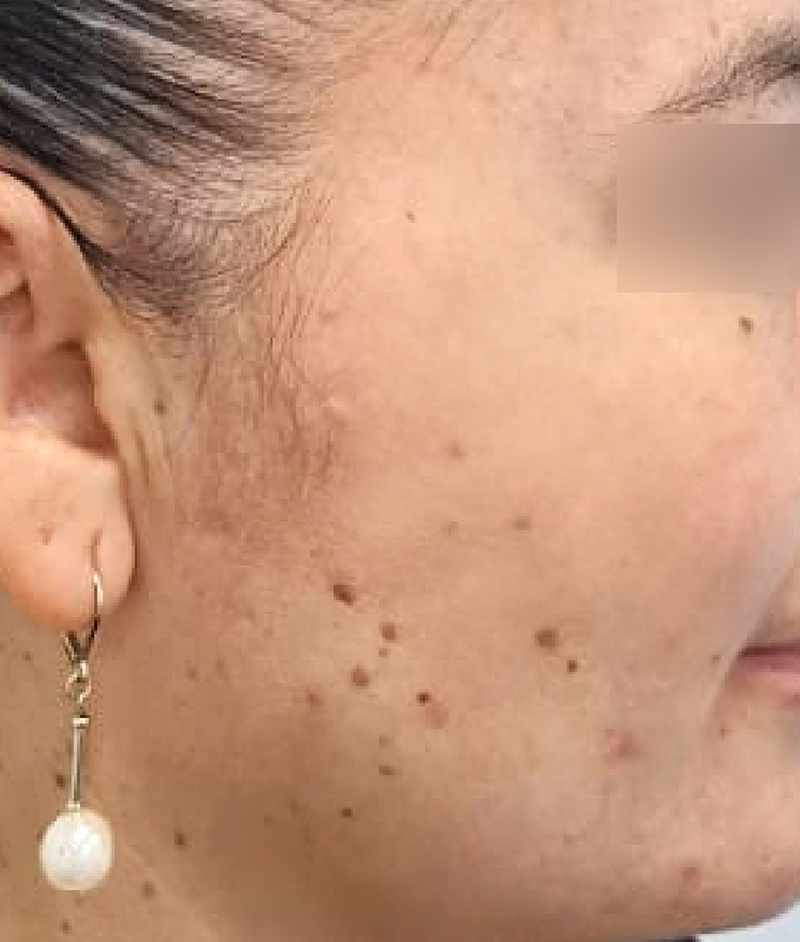
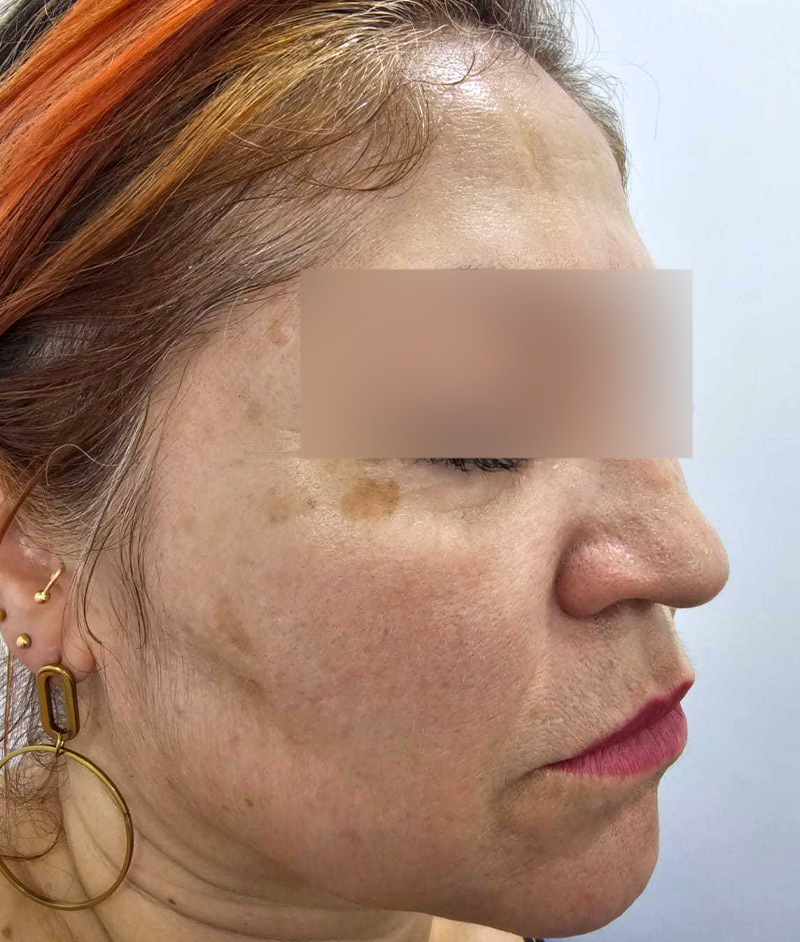
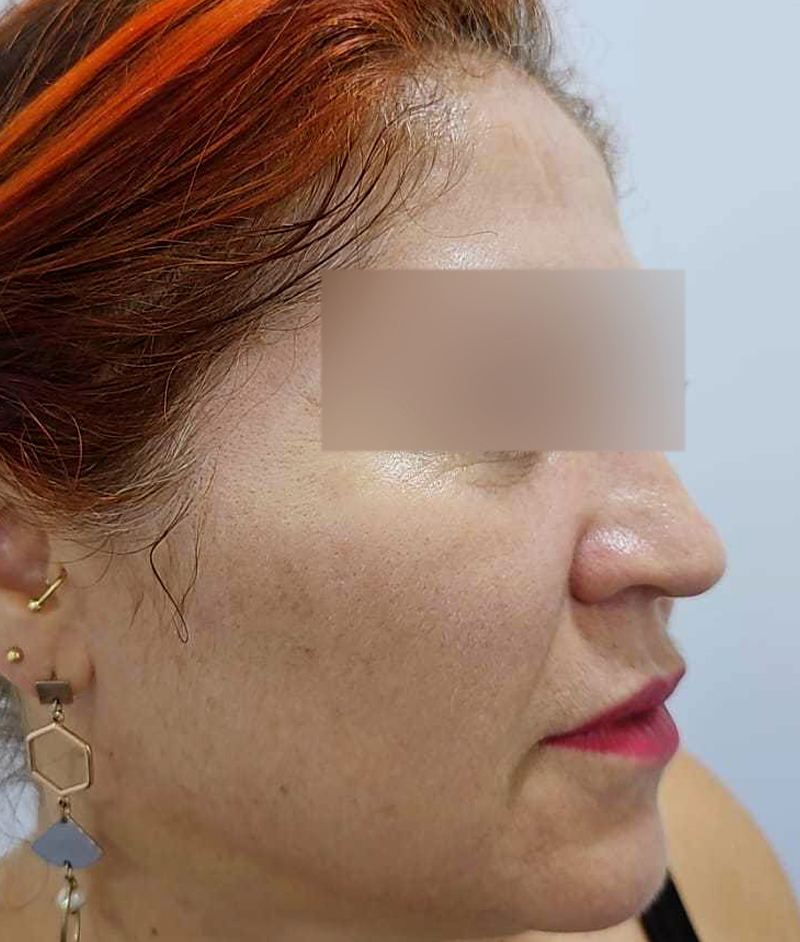
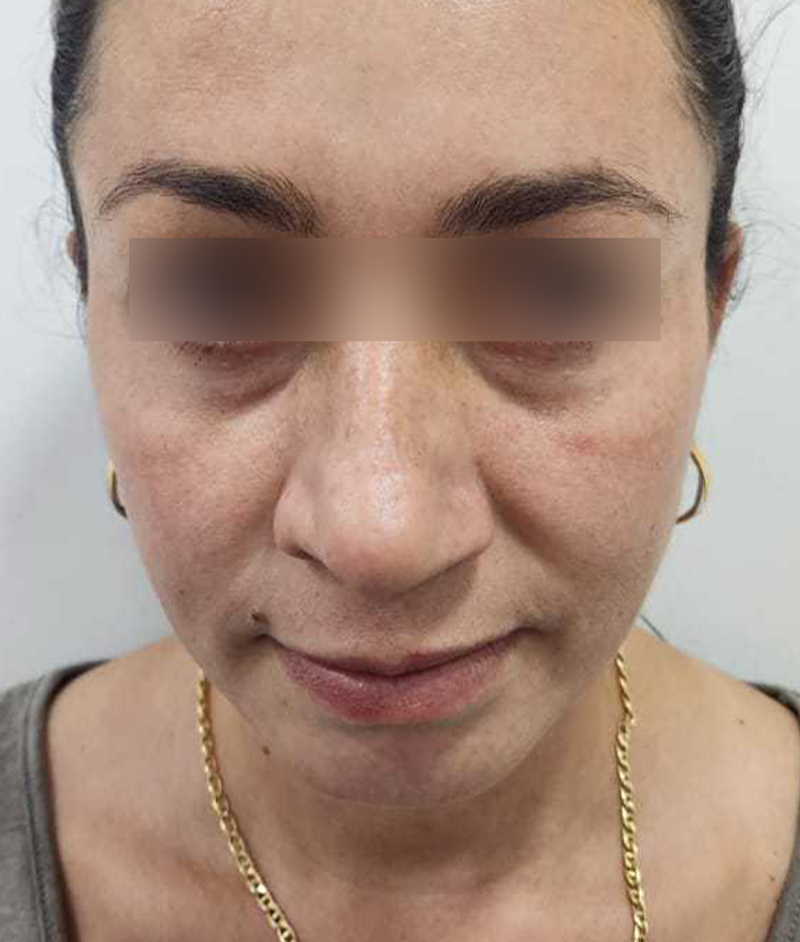
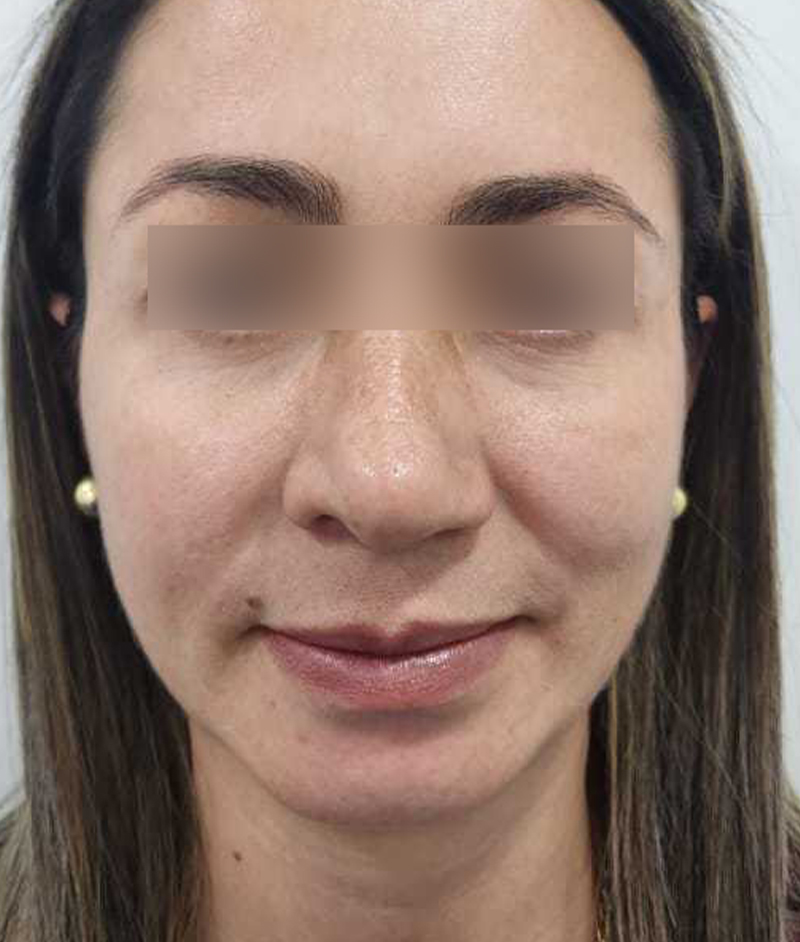
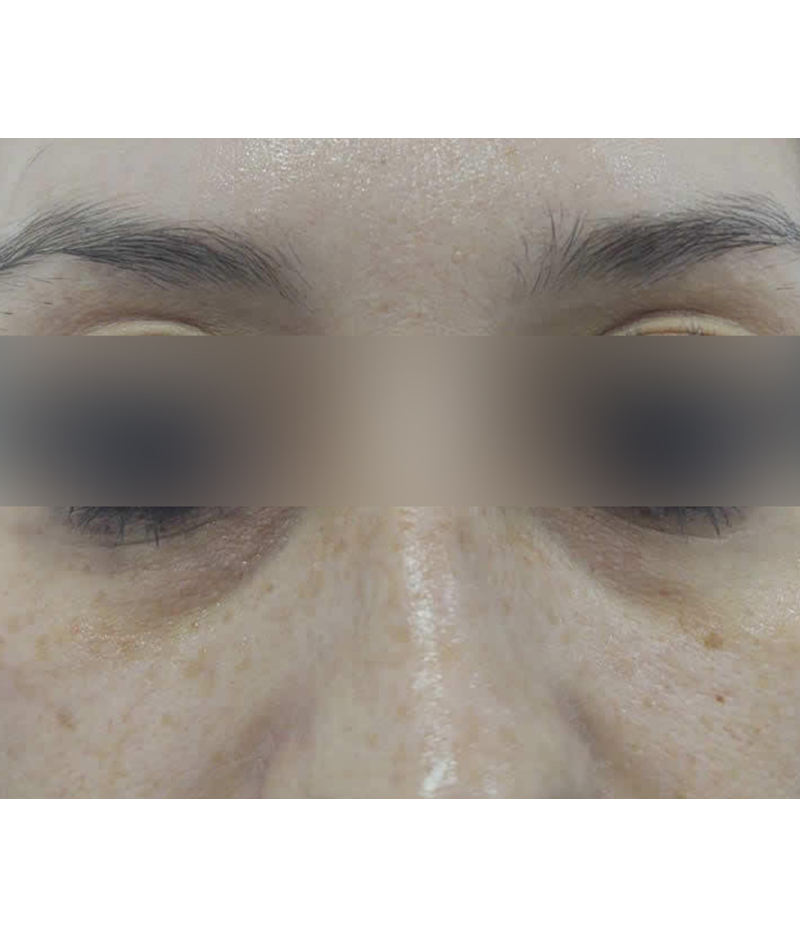
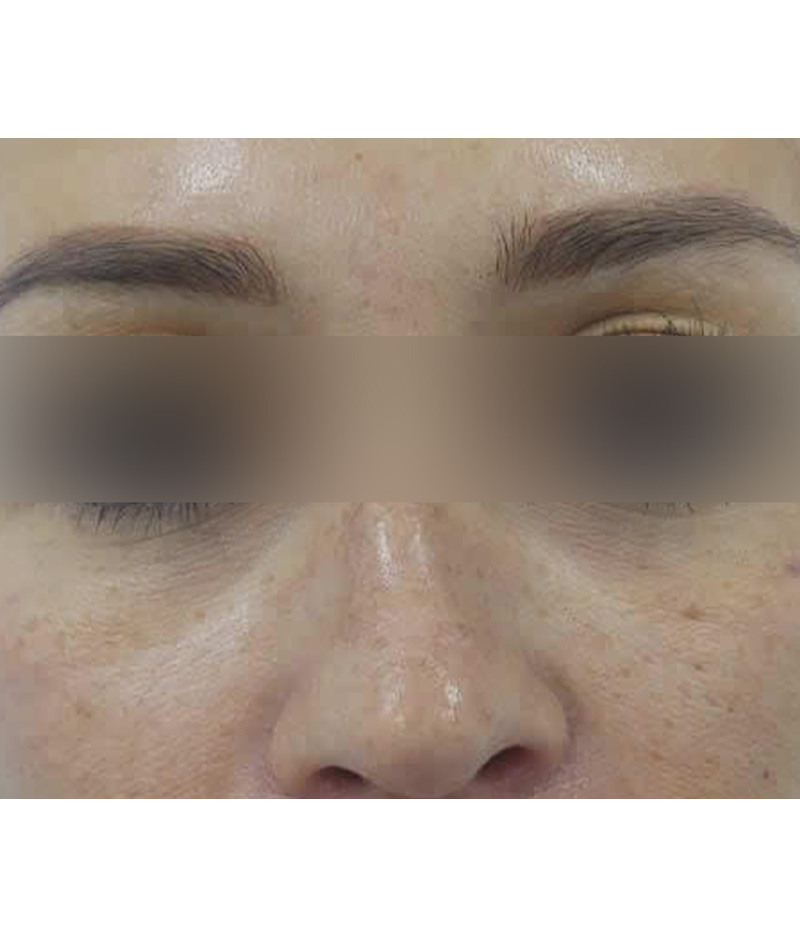
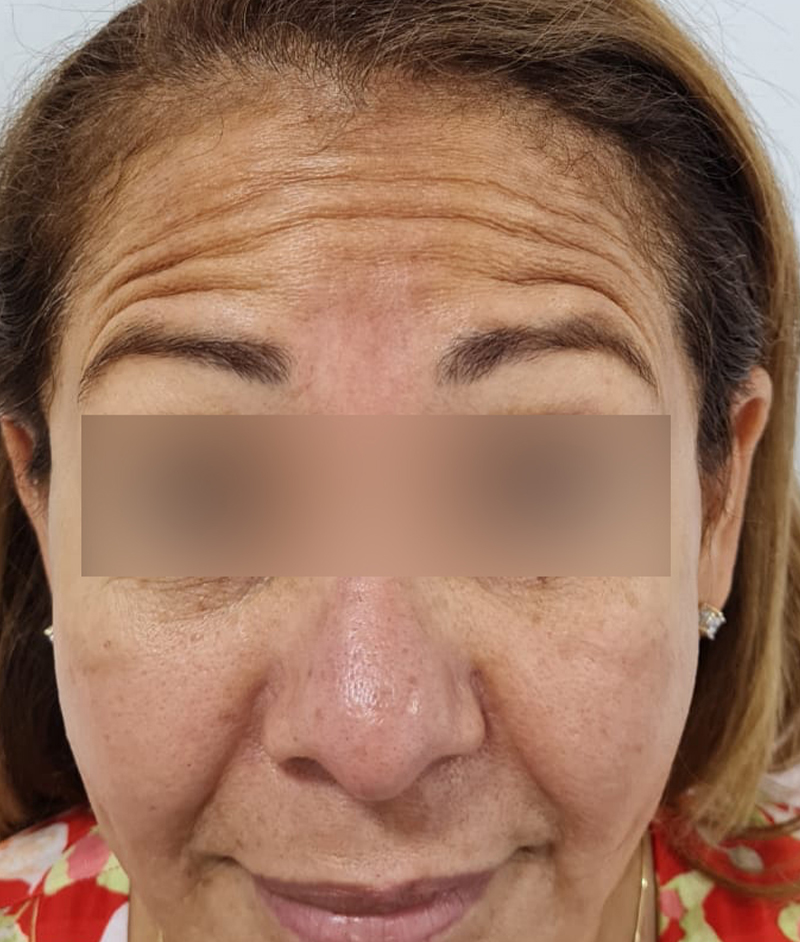
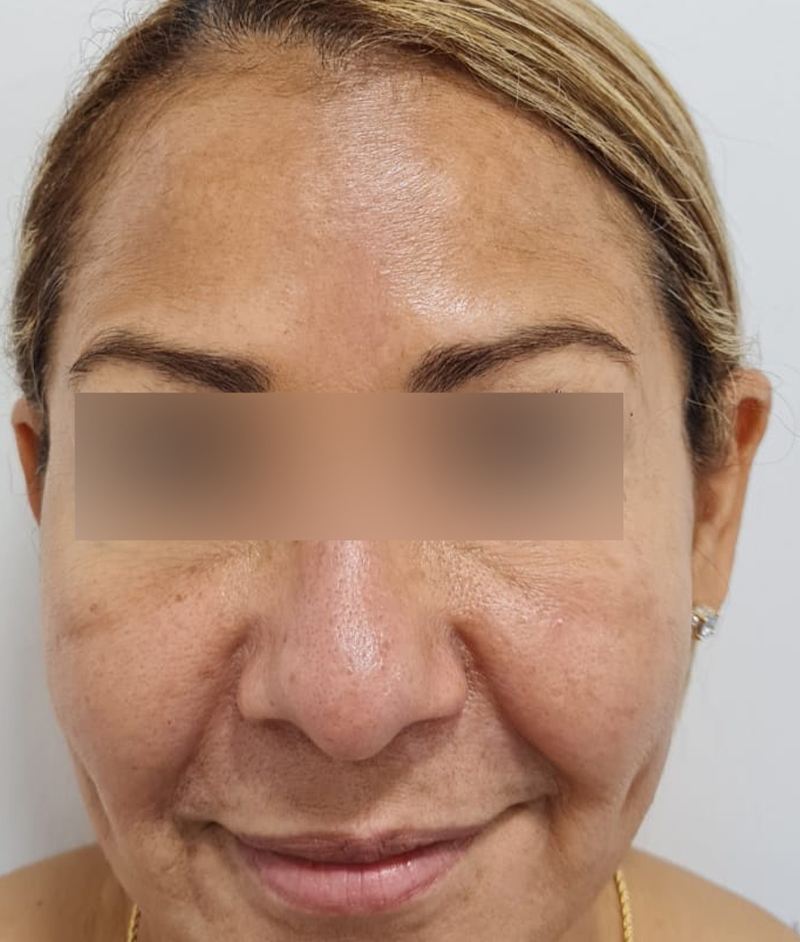
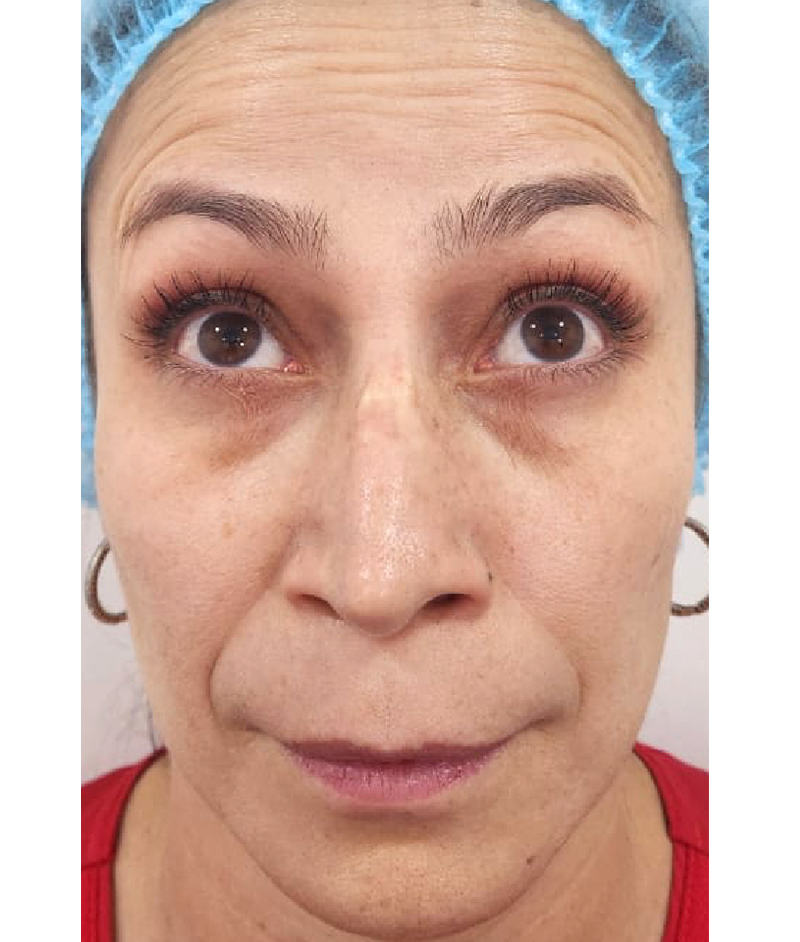
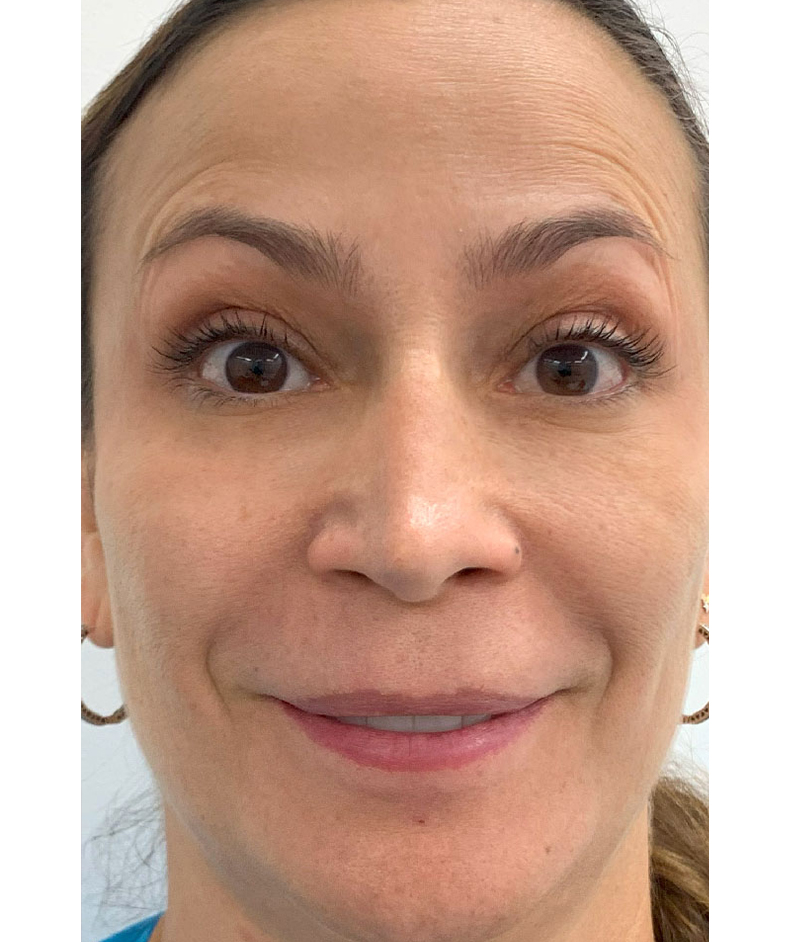
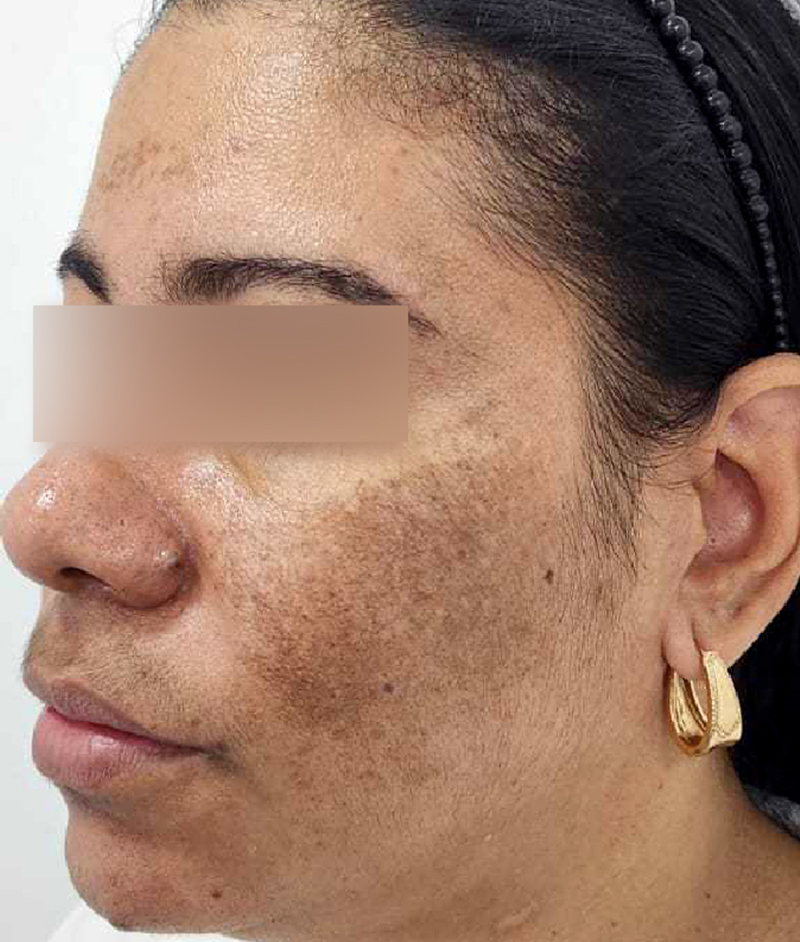
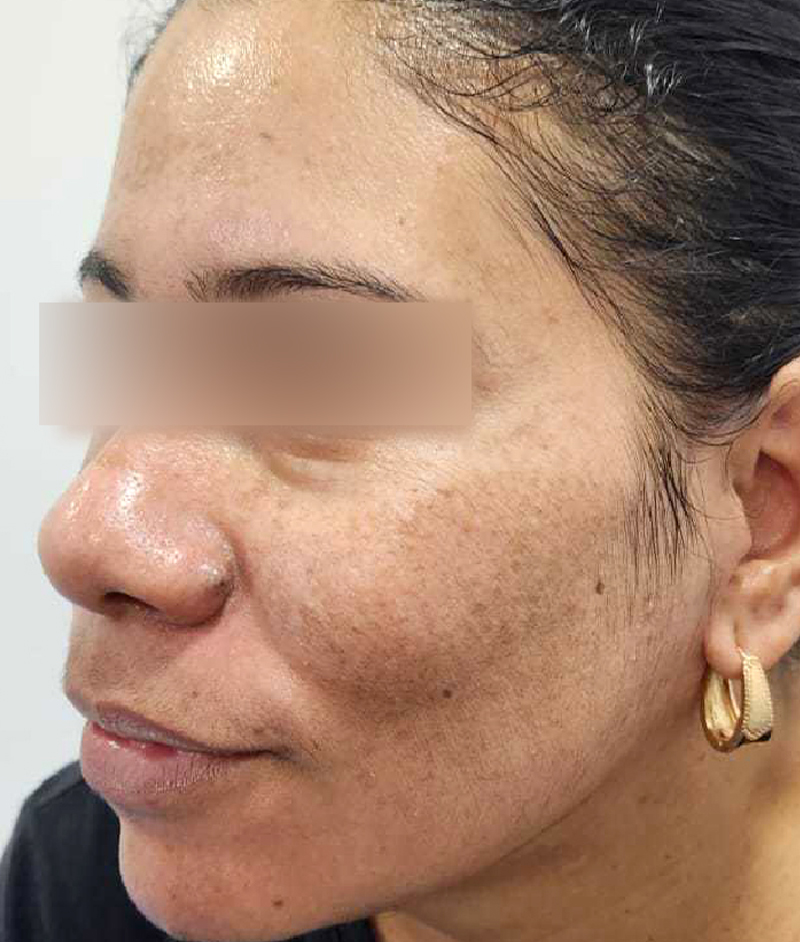
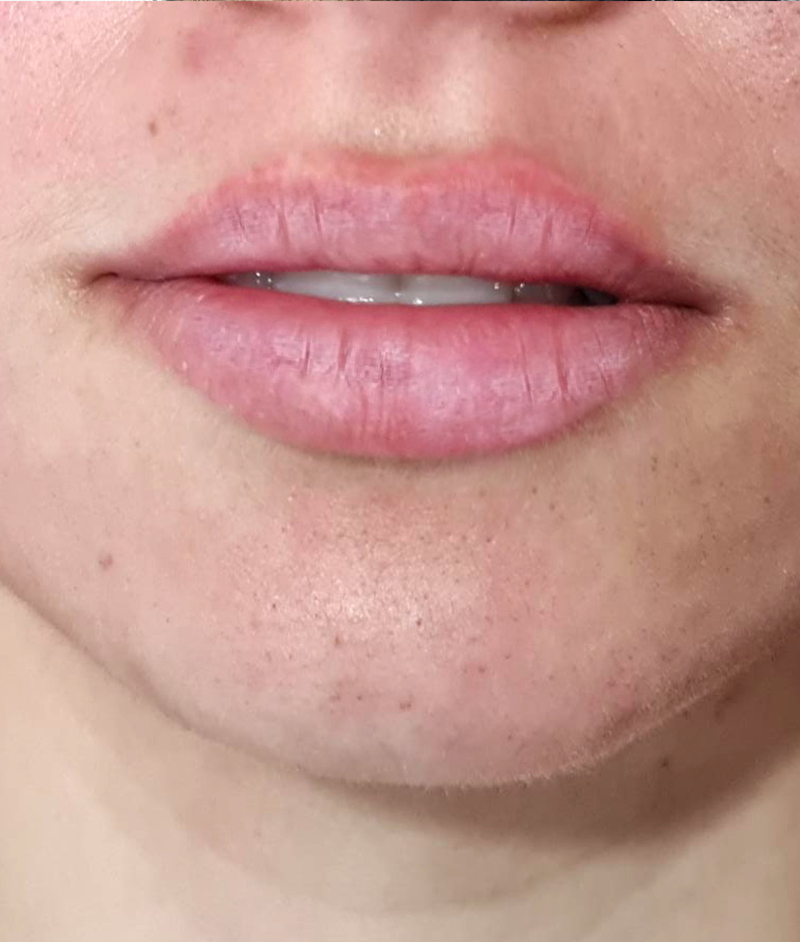
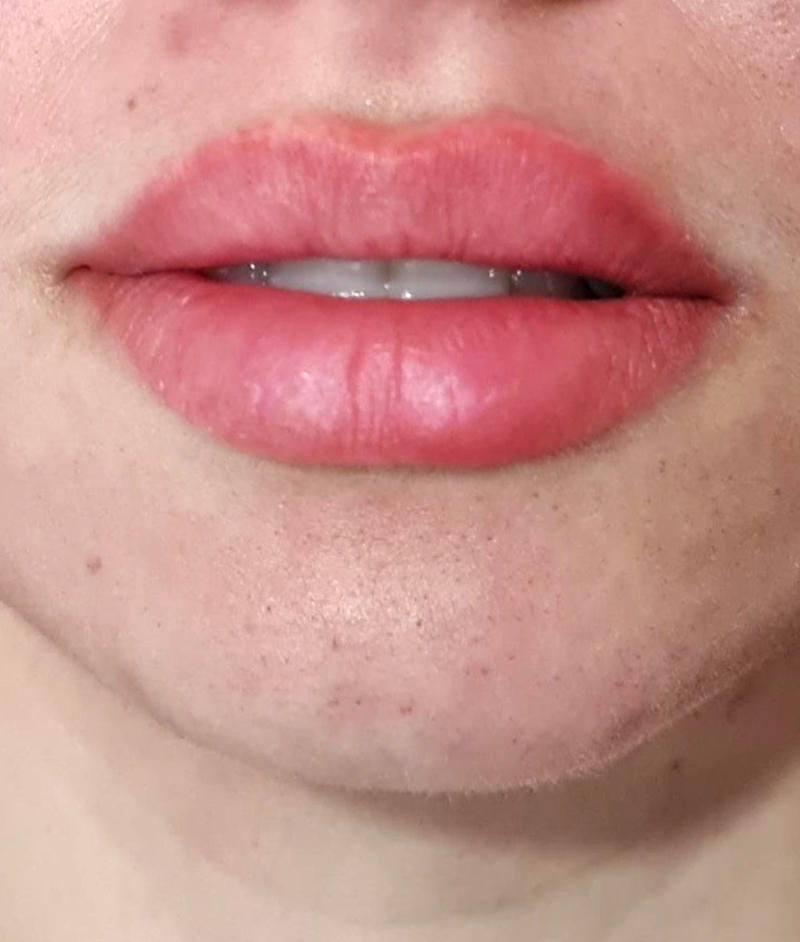
Learn more
For the IPL and Q-Switched laser procedure, anesthesia is generally not required due to the minimally invasive nature of the treatment. However, to ensure patient comfort, a topical anesthetic cream may be applied to the treatment areas approximately 30 minutes before the procedure. This cream numbs the skin and minimizes any discomfort during the session.
Recovery after IPL and Q-Switched laser treatment is quick and straightforward. Immediately following the procedure, it is common to experience redness and mild swelling in the treated areas, which usually subside within a few days.
Cold compresses are recommended to relieve any discomfort, and patients should avoid direct sun exposure by applying a broad-spectrum sunscreen to protect the skin. It is also advised to refrain from intense physical activity and the use of irritating skincare products for the first 24 to 48 hours.
Most people can resume their daily activities immediately, with gradual improvements in skin appearance over the following weeks.
The IPL and Q-Switched laser procedure involves minimal downtime, allowing patients to return to their normal activities almost immediately.
After the treatment, mild redness and slight swelling in the treated areas are common and typically resolve within a few days. Avoiding direct sunlight and vigorous exercise during the first 24 to 48 hours is recommended to ensure proper healing.
Overall, the downtime is minimal, making this treatment a convenient option for those seeking to improve their skin’s appearance without significant interruption to their daily routine.
Post-treatment recommendations following an IPL and Q-Switched laser procedure are essential to ensure proper recovery and maximize results.
- Apply cold compresses: Use cold compresses on the treated areas to reduce redness and swelling.
- Avoid sun exposure: Protect the skin from direct sunlight for at least two weeks. If sun exposure is unavoidable, apply a broad-spectrum sunscreen with a high SPF.
- Avoid intense physical activity: Refrain from vigorous exercise and activities that may cause excessive sweating during the first 24 to 48 hours.
- Maintain proper hygiene: Keep the treated areas clean and dry. Gently cleanse with a mild cleanser and lukewarm water, avoiding abrasive or irritating products.
- Do not scratch or rub: Avoid scratching, rubbing, or touching the treated areas excessively to prevent infection and scarring.
- Avoid irritating products: Do not use makeup or skincare products containing retinoids or exfoliating acids during the first few days.
- Follow medical instructions: Adhere to all specific instructions provided by your specialist and attend any scheduled follow-up appointments.
- Monitor skin response: Pay attention to any unusual reactions and contact your physician if unexpected or concerning side effects occur.

